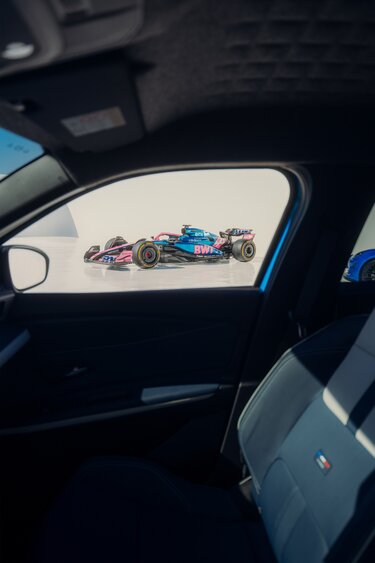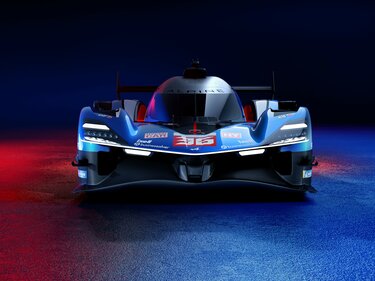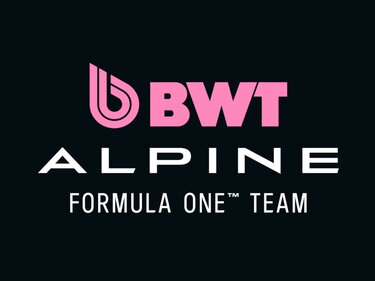
BWT Alpine F1® Team
Rise Higher
Alpine A525 łączy wiedzę z innowacją, ucieleśniając dążenie do lekkości i najwyższej wydajności.

Poszukiwanie lekkości
Podwozie A525 składa się z monokoku kompozytowego z włókna węglowego i aluminium o strukturze plastra miodu, wyprodukowanego przez BWTAlpine F1® Team i zaprojektowanego z myślą o maksymalnej wytrzymałości i minimalnej masie.

Przesuwanie granic

Z toru na drogę
Praca nad aerodynamiką i lekkimi materiałami, realizowana na torze wyścigowym, jest integralnym elementem każdego modelu Alpine, aby zapewnić wyjątkowe wrażenia z jazdy.
Nasi kierowcy
odkryj również
WEC

Sklep

Sezon F1® 2025 - Śledź na żywo

Nasi partnerzy





